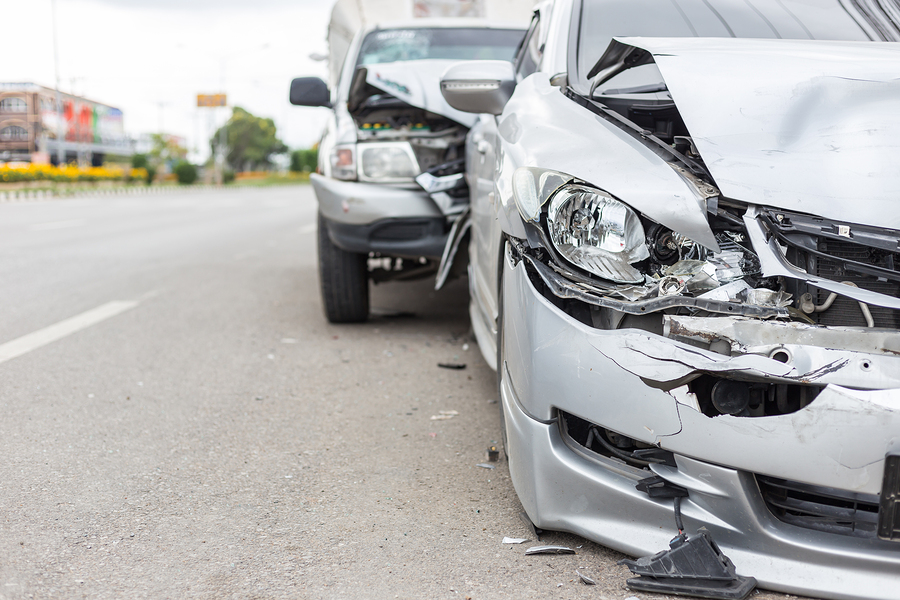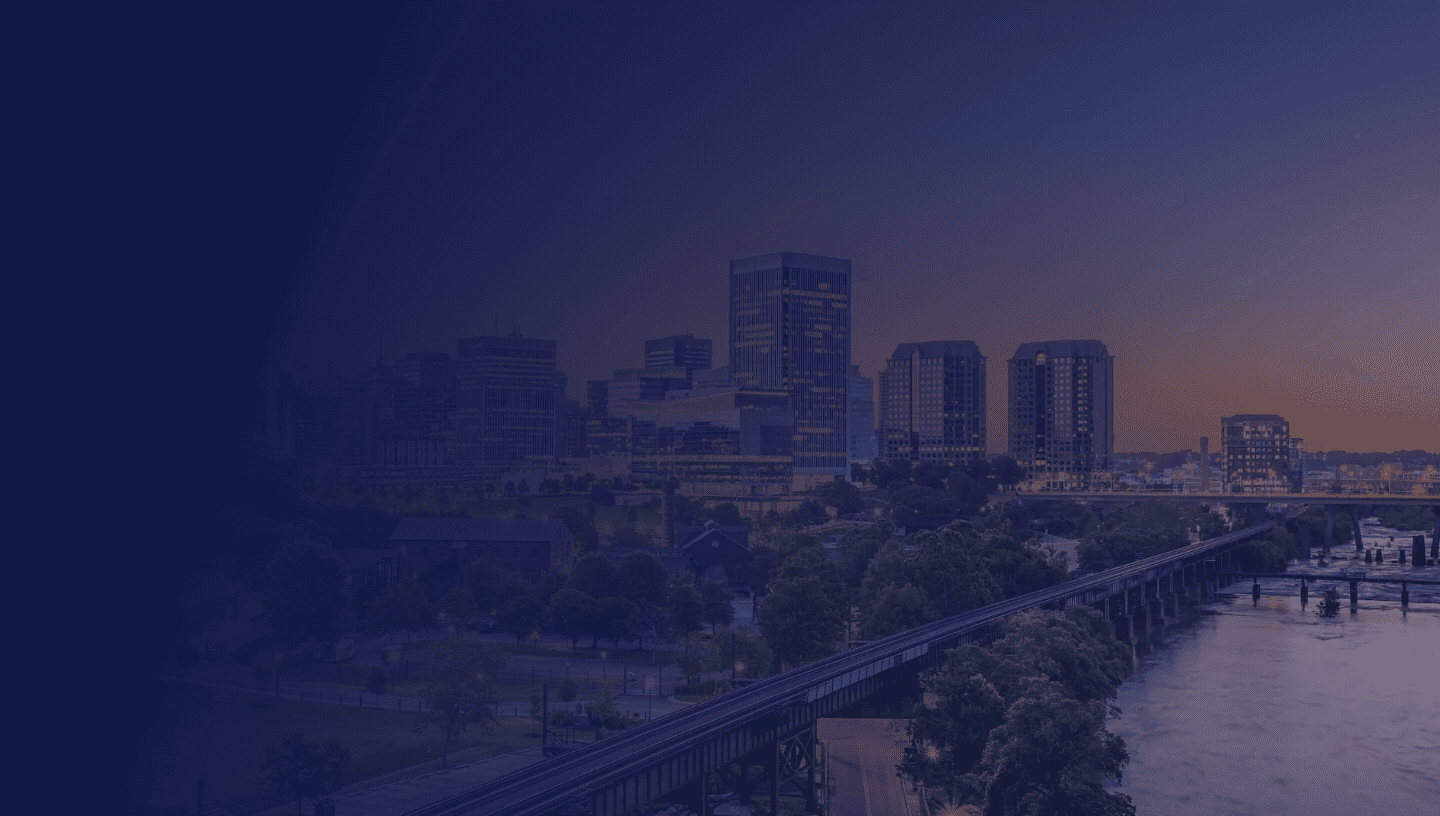The scene of any car accident is chaotic, and since you suffered an injury, you are not completely aware of how the accident happened or who caused the accident in the first place. Once doctors treat your injuries, you hear that two additional cars were in the collision, your car being in the middle.
These types of accidents tend to cause a lot of confusion at the scene, but the problems grow when establishing liability. Everyone is pointing their finger at everyone else as the primary cause of the accident, and none of the insurance companies will pay anyone’s claims until you iron out the problems.
The Importance of Establishing Fault
In one recent year, there were more than 105,000 collisions on Virginia roadways. What you may not know is that only slightly more than 17 percent of these accidents were on interstates, and nearly 70 percent involved more than one vehicle.
Liability is not always easy to establish when a crash does occur. While it may be easy to point to a single driver in a two-car accident, three vehicles make liability and fault far more complicated. This often depends on the type of incident which led up to the crash. Let’s look at some of the potential scenarios and see how to establish fault.
Rear-End Accidents Lead to Three Vehicle Crashes
One of the most common types of accidents involving three vehicles is a rear-end collision. Most of us understand that the person who rear-ends someone has failed to maintain control of their vehicle, and therefore is usually at fault for the accident.
However, a rear-ended car in a line of traffic can strike another vehicle. They may rear-end the car in front of them, they may cross over a dividing line and hit a car head-on, or they may swerve into another lane and broadside another car.
Ultimately, the last struck driver must determine which of the other two drivers damaged their vehicles and must pay for their losses and injuries. Is the driver who struck them at fault? Probably not.
The driver who struck the driver from behind and caused them to either rear-end the car in front of them is most likely to be ultimately determined to be the one at fault.
The reason for this is simple: Had it not been for the driver struck in the rear, they would not have wound up hitting the third driver. The first car that collided with another would owe liability damages to the others in the accident.
In this case, both of the other drivers should contact a car accident lawyer to determine their legal options.
Reckless Driving Causes Three Vehicle Collisions
We have all seen them—those drivers who lack patience on roadways and weave in and out of traffic. These drivers can be a menace and put everyone else on the road in jeopardy. They are often the same drivers who wonder why car accidents happen when they behave in a manner that could cause an accident.
Reckless drivers who suddenly shift lanes with no warning can wreak havoc on the roadway. If they have not paid attention, a driver may get cut off and instinctively attempt to get out of their way. Unfortunately, in the process, this driver who was minding their own business may strike a third vehicle in the process of attempting to prevent a collision with a reckless driver. Who is at fault?
In some cases, the third person struck may hold both other drivers partially responsible for damage and injuries. The reason for this is because every driver is supposed to maintain control of their vehicle. While the reckless driver can be held accountable for the second vehicle, they can also be held accountable for the damage and injuries to the third vehicle.
Tire Blowout Results in Three Vehicle Collisions
A multiple-vehicle accident can, and often does, involve a commercial truck. According to accident statistics, nearly 50 percent of truck accidents have nothing to do with the truck driver. Therefore, establishing liability is very complicated in these cases.
One such scenario is when the driver is trying to control their truck because a tire blows out. The tire blowout means the truck will automatically start slowing down and pull left or right with no warning to anyone in their path. Anyone on the side where the truck is pulled and the drivers near that vehicle are at risk. But is the truck driver liable for the injuries that any victim sustains in the accident? Maybe not.

A truck driver depends on their rig being in good working order when they hit the road. Many drivers work for a company with a maintenance contract or people on staff who inspect the trucks before they are considered roadworthy. Therefore, the responsible party could very well be someone who was not even involved in the collision, namely, the employer of the driver, or the maintenance company responsible for the safety equipment on the truck.
Every person injured in a roadway accident wonders when to get a car accident attorney. If you are injured, are uncertain about liability, or when you simply feel like you are not being treated fairly by an insurance company, that is when you need an attorney. Never suffer the financial issues associated with an accident when you were not at fault.
Contact us today to discuss your case or call our office at (804) 358-1568.


